Whether you are walking, standing, or even sitting, that uncomfortable knee pain that is often throbbing or grinding can wear us down. Ideally, joints are the what gives us flexibility in motion. When they cause discomfort, everything else follows. Joint pain is often caused by overuse, obesity, trauma, arthritis, and the usual wear and tear.
Physicians would often recommend a series of medication for treatment especially if your pain is chronic. This medication is centered on two things: reducing inflammation and relieving pain. These medications may be helpful, but it may cause other problems especially for your liver. Which is why exploring natural options in managing knee pain would be the best option. Here are seven natural ways you can easily reduce inflammation and manage pain:
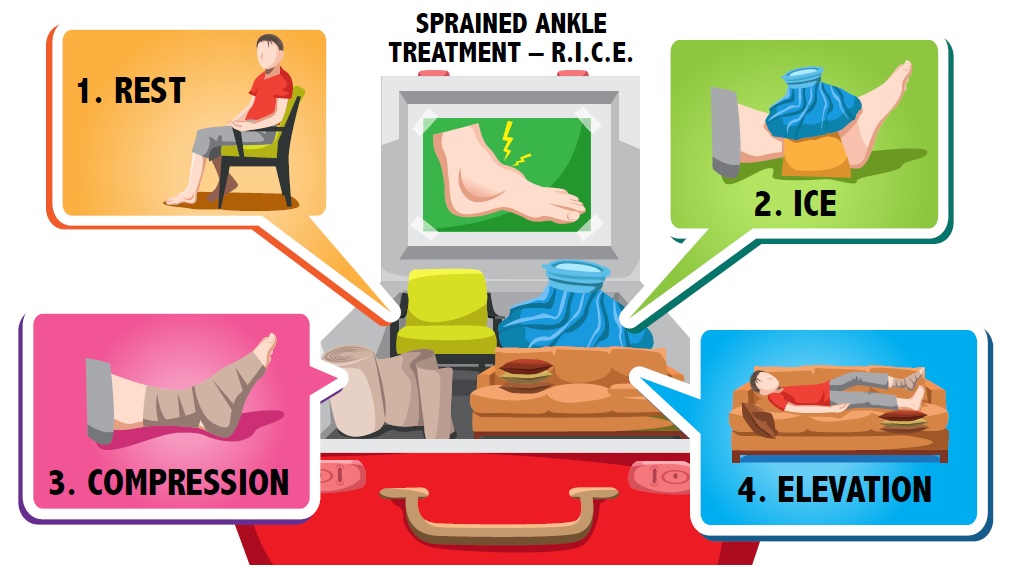
The RICE Method
RICE is actually an acronym for Rest, Ice, Compression, and Elevation. These actions help reduce inflammation and relieve pain. It is commonly done for individuals who have sprained or may have inflicted physical trauma on their ligaments. For others with knee pain, this method is also quite effective to reduce the swelling and ultimately relieve the pain you feel.
Resting is very important when you are experiencing pain. Pushing your joints beyond its limit may cause more harm. After resting for a while, apply a cold compress. The cold helps bring down the swelling and numbs the pain. By using a compression bandage, you will also be able to prevent the swelling from resurfacing, but you must be careful not to tie it too tight. Be sure that it is firm, but not too tight to cut off circulation.

2. Rest

Respiratory Exercises
One thing you must keep in mind, that these low impact exercises are not meant to strain your knee but help with healing, flexibility, and strengthening.

Yoga
Originating from India, this method of exercise is known for its physical, spiritual, and mental disciplines. With the right poses, you will be able to improve the healing and strengthen your joints. It also aids to prevent knee pain in general.

5. Yoga Apps
There are many yoga apps you can download to your phone or tablet or videos on YouTube you can watch at any time, there is also the option of classes in person with a teacher. With the right poses, you will be able to improve the healing and strengthen your joints and it also helps to prevent knee pain in general.

Tai Chi
An ancient Chinese exercise is known for its refined and slow movement that is said to help train the senses and improves balance. Studies show that this method is actually good physical therapy for arthritis-related knee or joint pain.
Through these exercises, you will be able to increase your range of motion and cope with the chronic pain you feel in your knee.

7. Exercise
Through these exercises, you will be able to increase your range of motion and cope with the chronic pain you feel in your knee. Many community

Lose Weight
If you are leaning towards the heavy side of the weight spectrum, it is time to lose those extra pounds. Most knee problems stem from excessive weight. The more you weigh, the more strain your knees go through. In addition to this, you need to watch out for the food you eat. Some food may make joint pain a lot worse which is why it would be advisable to choose healthy and holistic food that will help reduce inflammation. Eventually, but switching your diet and being a bit more active, the pounds will drop off.
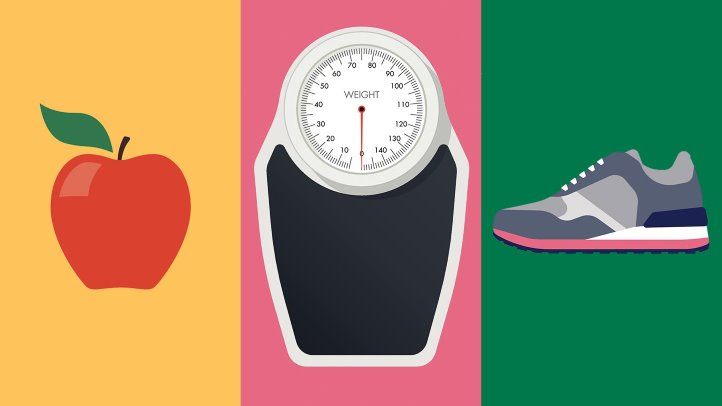
9. Holistic Food
Some food may make joint pain a lot worse which is why it would be advisable to choose healthy and holistic food that will help reduce inflammation. Eventually, by switching your diet and being a bit more active, you’ll soon notice the difference on the scales.
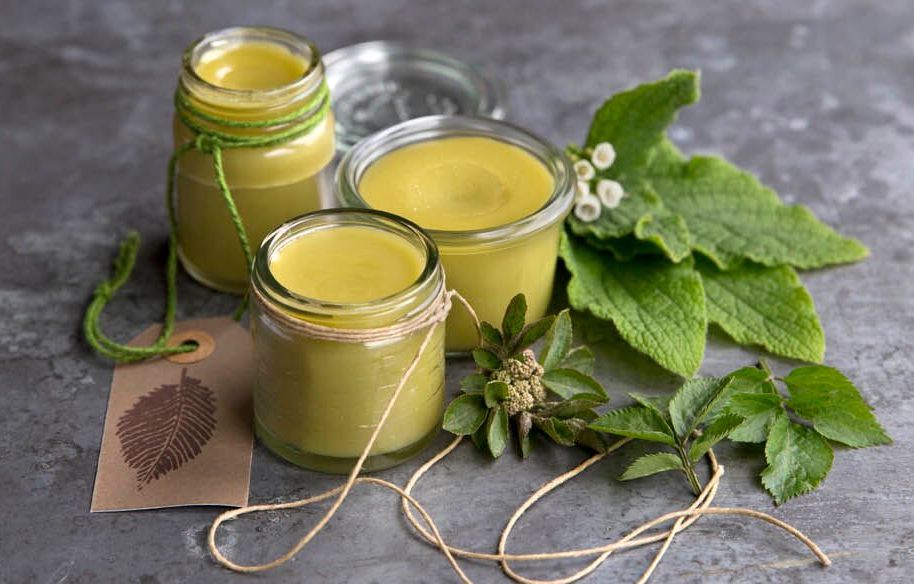
Herbal Ointments
There are dozens of herbal ointments available over-the-counter. One of the commonly purchased one is Oil of Wintergreen, also known as Methyl Salicylate. This compound is known to relieve pain and is quite popular. However further studies done by a research team in Pakistan discovered the use of cinnamon, ginger, Arabic gum, and sesame oil as a pain relief substitute especially for those who are allergic to salicylate.
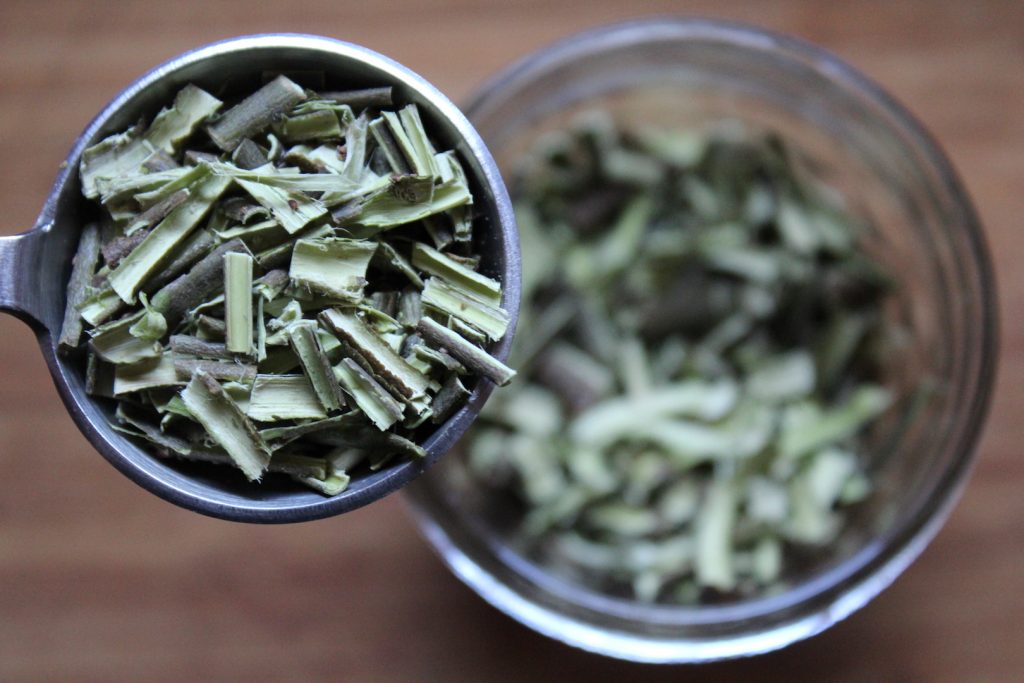
Willow Bark
Also known as nature’s aspirin, the Willow bark is great in relieving pain due to its active agent, salicin. This flavonoid converts into salicylic acid in your body after it is consumed. You can buy a variety of forms of Willow bark in the market. They are available in capsule, tea, and tinctures.
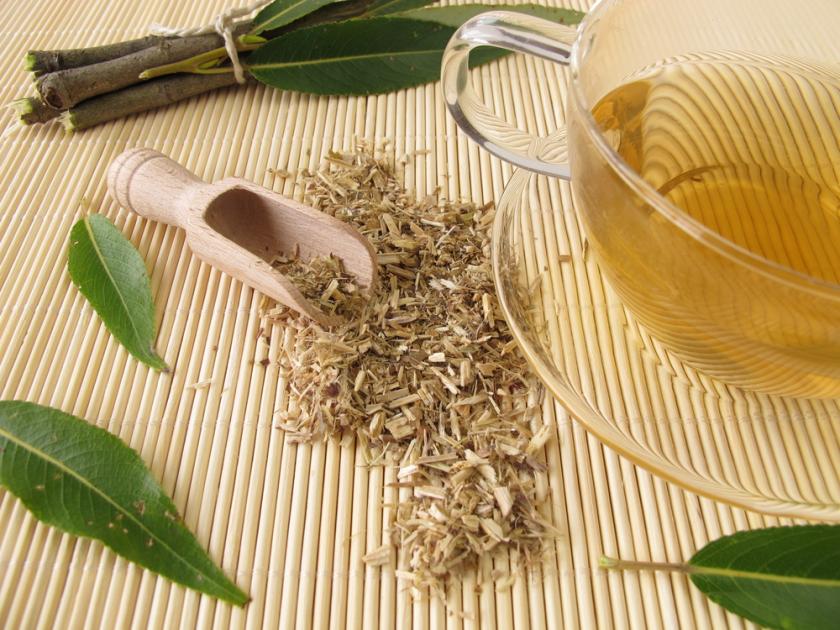
12. Little known side effects
If you are allergic to aspirin or may have a bleeding disorder, do not take Willow bark. The adverse effects when consuming it under these pretenses may be grave. Otherwise, it is safe to consume with little to no known side effects. It has been used for over 400 centuries and is still being studied by experts to unlock its full potential as an herbal supplement.
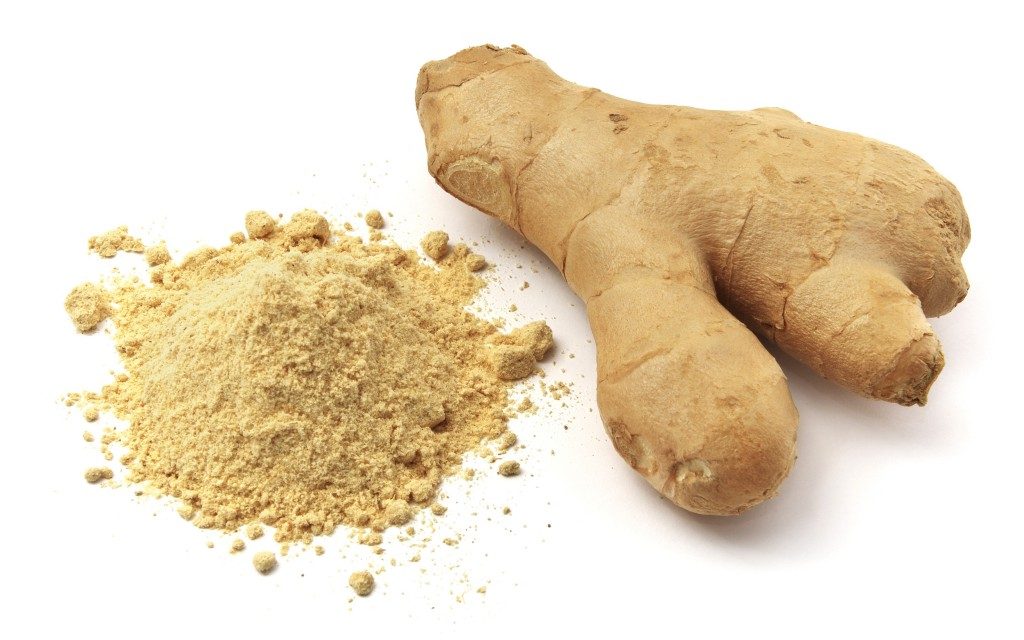
Ginger Extract
Quite popular in the culinary world, ginger is also quite beneficial as a herbal remedy. It is known to cure nausea and relieve pain. In fact, a number of individuals who suffer from arthritis actually use ginger with a combination of there medication to relieve pain.
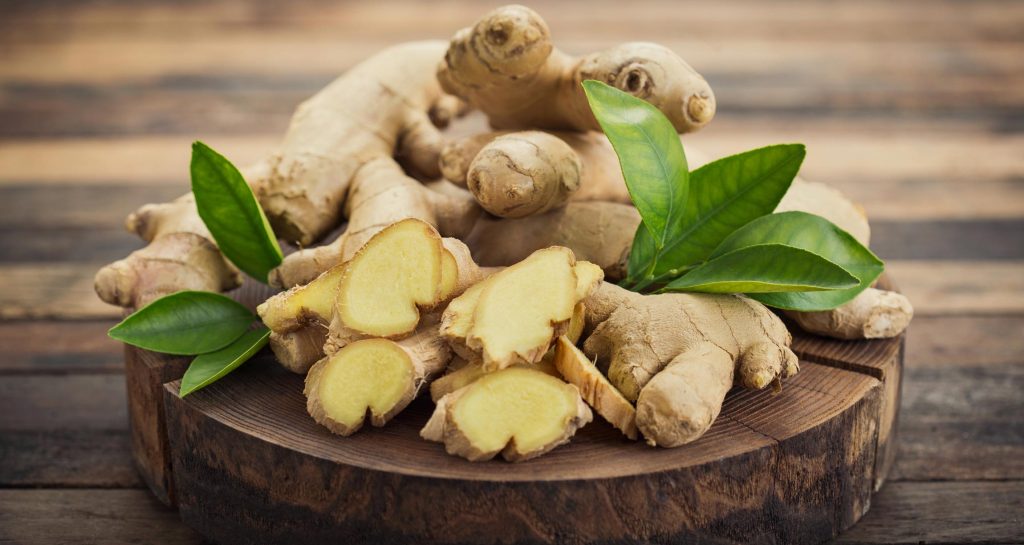
14. Fresh, cooked, or powdered
The advantages of using ginger are quite consistent and on-point, regardless of form. You can consume it fresh, cooked, or powdered, it will still provide you with excellent results.
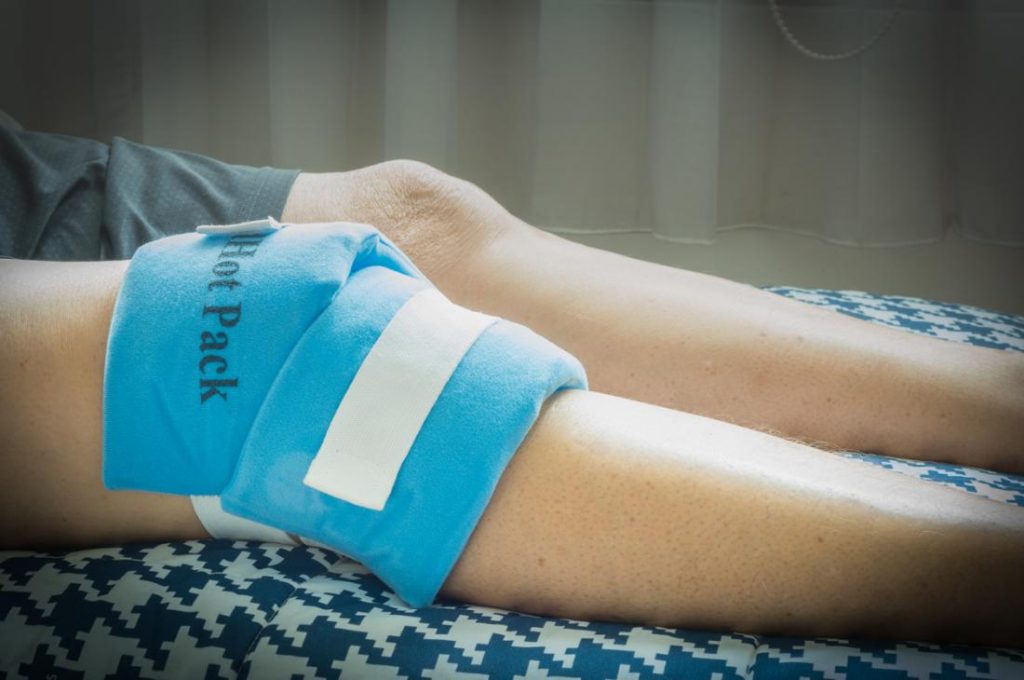
Heat Therapy
In theory, applying heat to a certain area of your body relaxes the muscles. This, in turn, keeps your joints from seizing. In addition to cold compression, application of heat is quite complementary and is often done alternately.
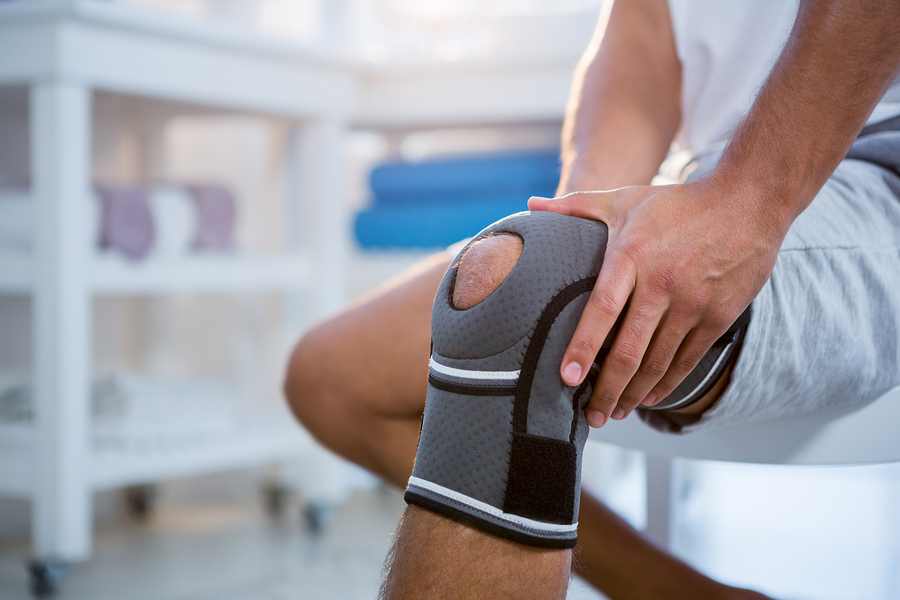
16. Compression
For acute swelling, cold compression is advised for the first 24 hours. Then hot compression should follow in order to ease the residual pain you might be feeling.

17. Adding heat
When using heat pads, hot compresses, and other heating devices, be sure to follow the instructions on the products. Place them above your clothes or wrap them with a washcloth to prevent direct contact to your skin which may cause burns. Do not use the heating pad overnight, it is only meant for short contact time.
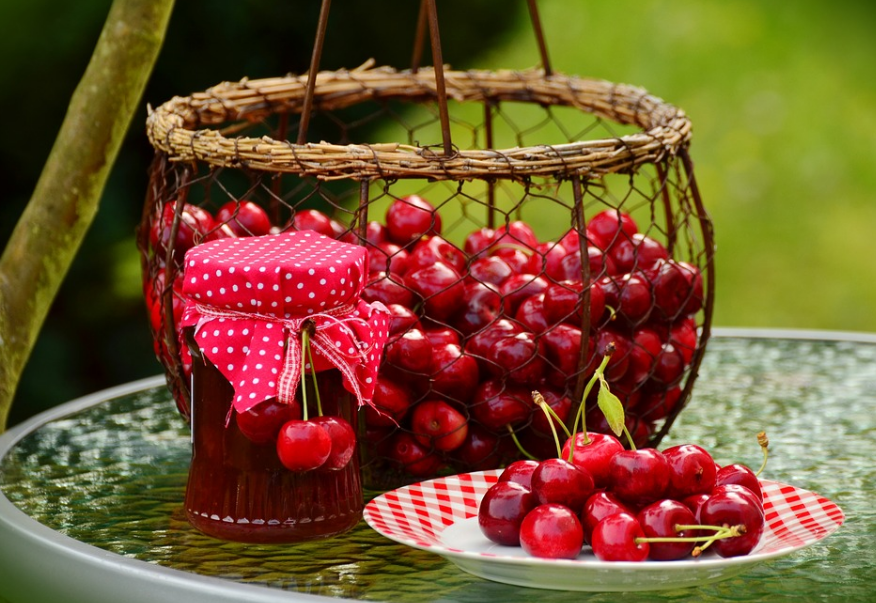
18. Cherries
It is said that food with more color has more antioxidants. Based on this theory, cherries must be packed with them due to its deep red hue. The color of cherries actually comes from anthocyanin’s, which has been proven to reduce painful swelling in the joints and help reduce symptoms of gout. Other fruits that are rich in antioxidants are blackberries and blueberries.
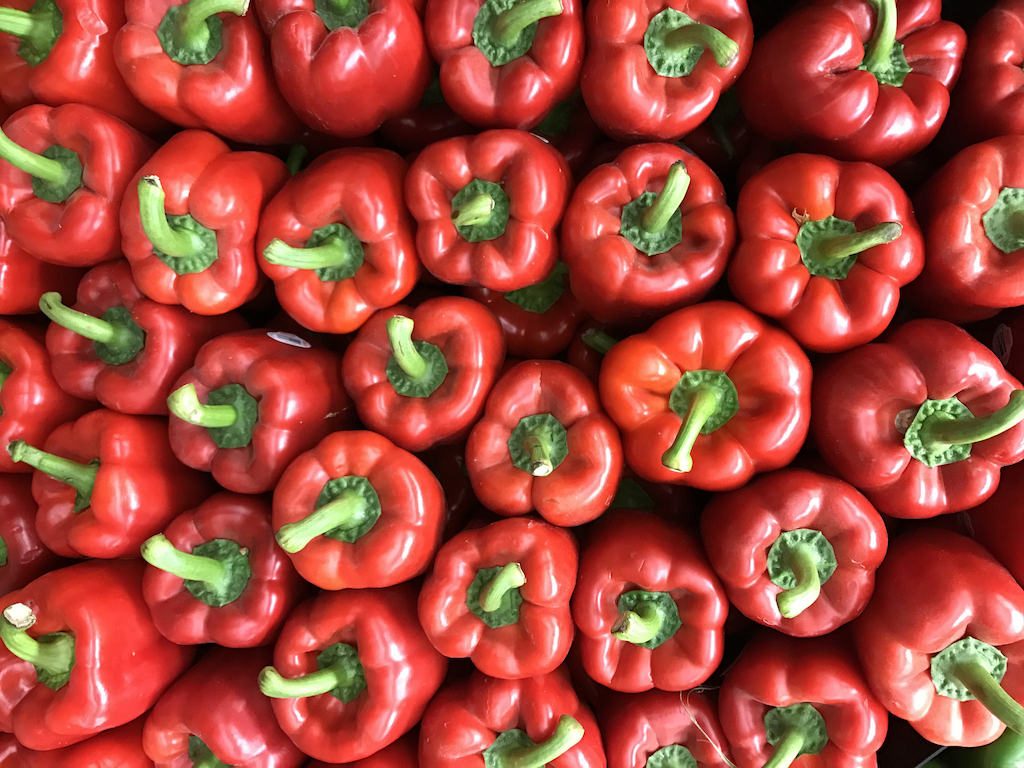
19. Red Peppers
Aside from getting a ton of vitamin C and reducing inflammation, the consumption of red peppers actually aids in the production of collagen. Collagen is responsible for keeping joints intact. As well as giving structure to muscles, it bursars the cartilage which stops the bone on bone grinding which give us pain.
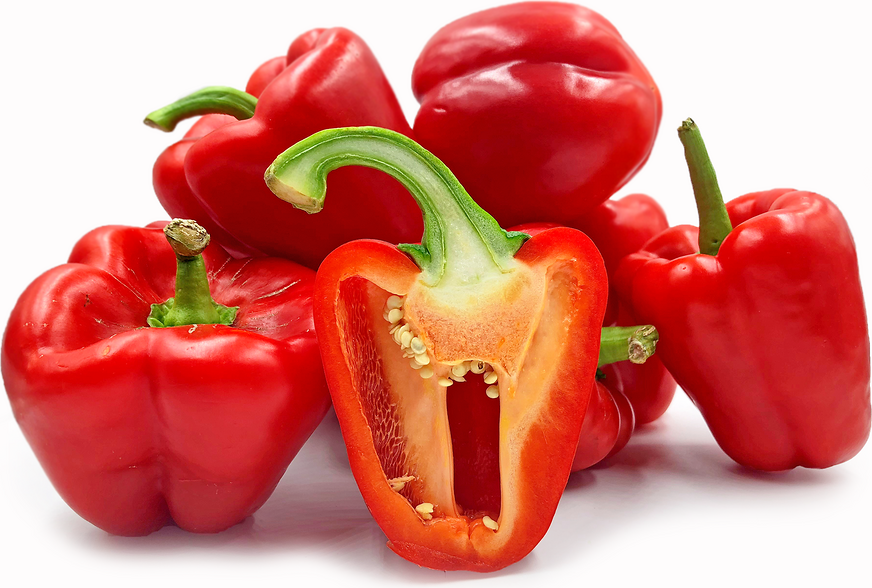
20. Collagen
When you have sore joints, the additional cushion they get from collagen helps keep them aligned and less painful. Reducing inflammation by the consumption of red peppers also helps support the cartilage, tendons, and ligaments, providing you with full support.
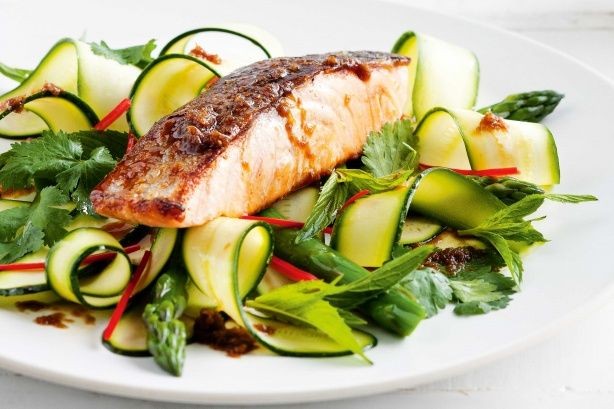
21. Fish
Fish is a great source for vitamin D, calcium and omega-3 fatty acids. Omega-3 is known for its anti-inflammatory properties and is great for skin and hair. It is highly beneficial to us, but unfortunately not too many people consume enough due to poor nutritional choices. If you are not a fan of fish or low-fat dairy, you may want to consider purchasing fish oil supplements.
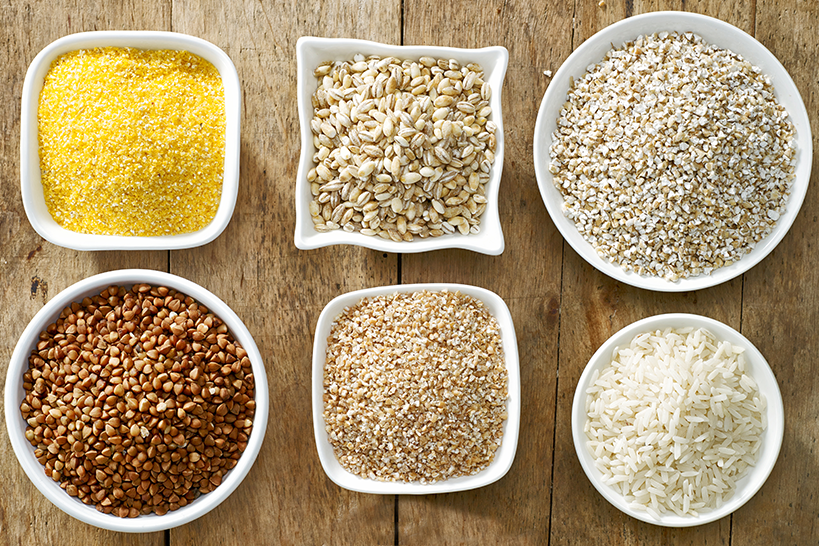
22. Whole Grain
There are two types of grains humans normally consume. Refined grains like white flour and whole grains like oats, quinoa, brown rice, and barley. Whole grains retain all three parts of the grain: bran, germ, and endosperm are excellent in reducing inflammation. Whereas the refined grains that use only the endosperm does the complete opposite. Choosing the right grain can definitely make a difference with your knee pain.
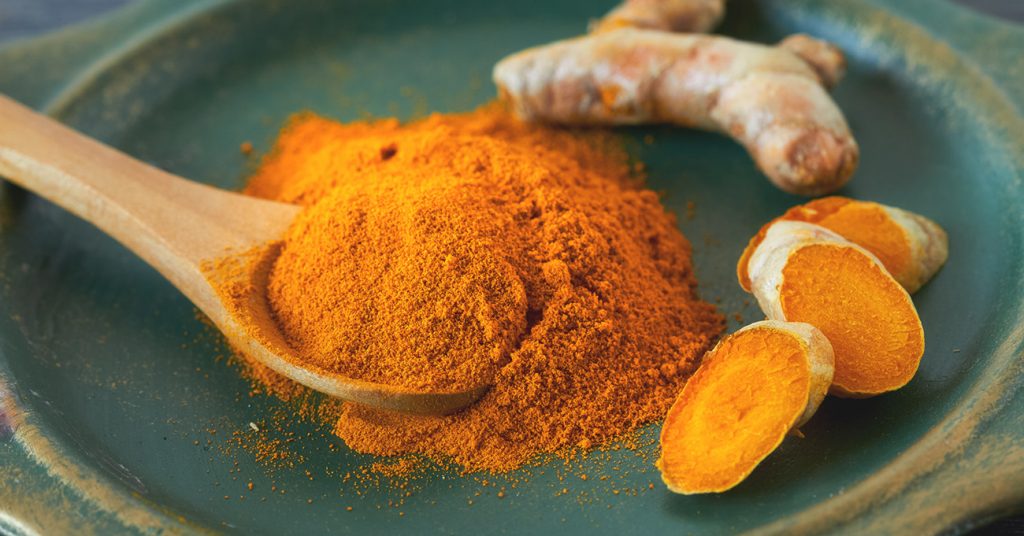
23. Turmeric
A study was done on turmeric in Arizona in 2006; this study has proven that turmeric was able to prevent the progression of osteoporosis and rheumatoid arthritis. Turmeric is a root within the ginger family and is commonly consumed in powder form, but there is also whole root turmeric available at the market. Asians have been using this in their cooking for years, and it has been quite effective in reducing pain and inflammation, which would be great for anyone with chronic knee pain.
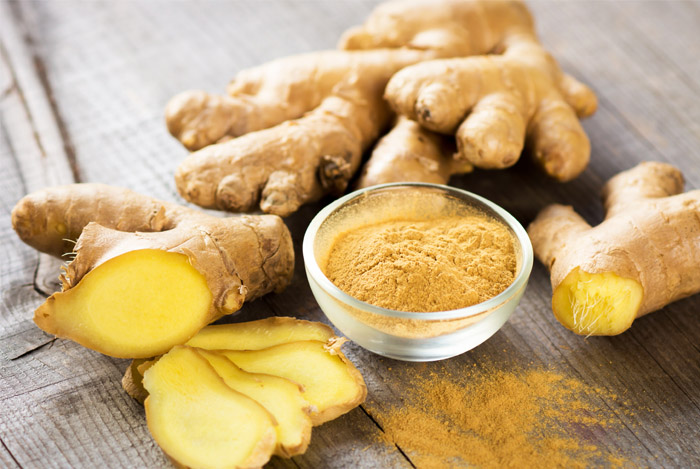
24. Ginger
Just like the turmeric, actual ginger is also great for people who have chronic knee pain. It is filled with anti-oxidants and is known to relieve muscle pain and reduce inflammation. In addition to that, ginger is also known to lower cholesterol, improve neurological function, treat indigestion, and reduce the risk of cancer all thanks to its active agent gingerol.
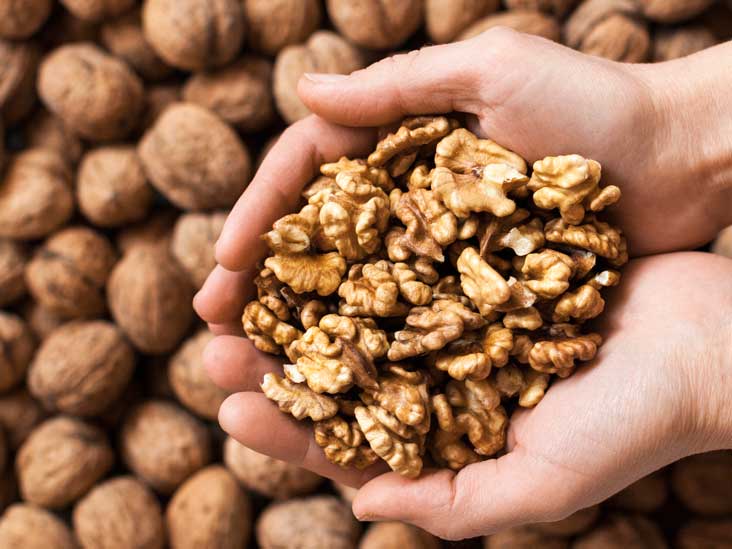
25. Walnuts
Most nuts are filled with antioxidants and omega-3; we already know how beneficial they are for people with joint pain especially in terms of pain relief. But walnuts also have nutrients that can prevent cancer and type II diabetes. There are studies that show walnuts have contributed greatly to weight loss since they give you the feeling of satiation longer which in turn lessens cravings. By losing weight, you will also be able to reduce pain from your joints.
You do, however, need to practice proper portion control when consuming walnuts since they are also high in calories.
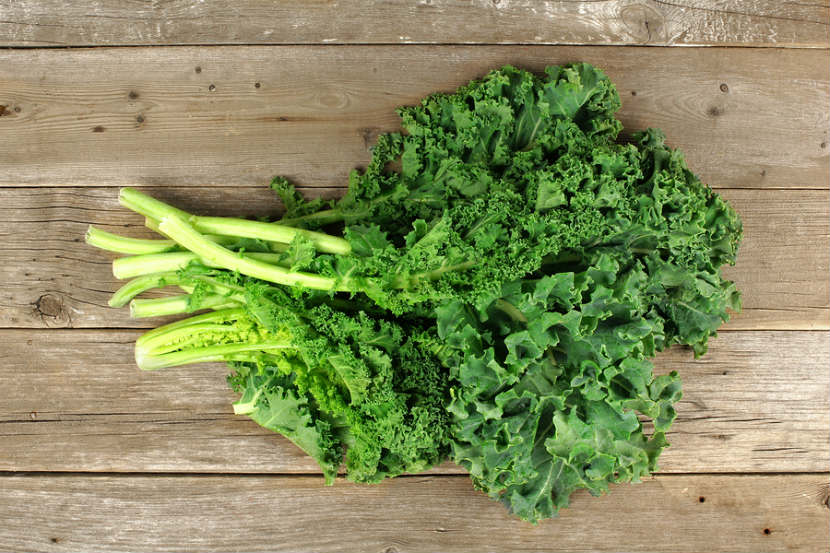
26. Kale
Any dark and leafy vegetable is great for your health. Kale, in particular, has been noted to have astounding benefits. It is full of vitamin C, has calcium, and contains 45 varieties of flavonoids. These flavonoids, also known as the antioxidants, are excellent in reducing joint inflammation significantly. But, like with all other things, raw kale must be consumed in moderation. Too much kale may cause issues with your thyroids. To ensure that this does not happen, you must cycle between raw and cooked kale in your meals.
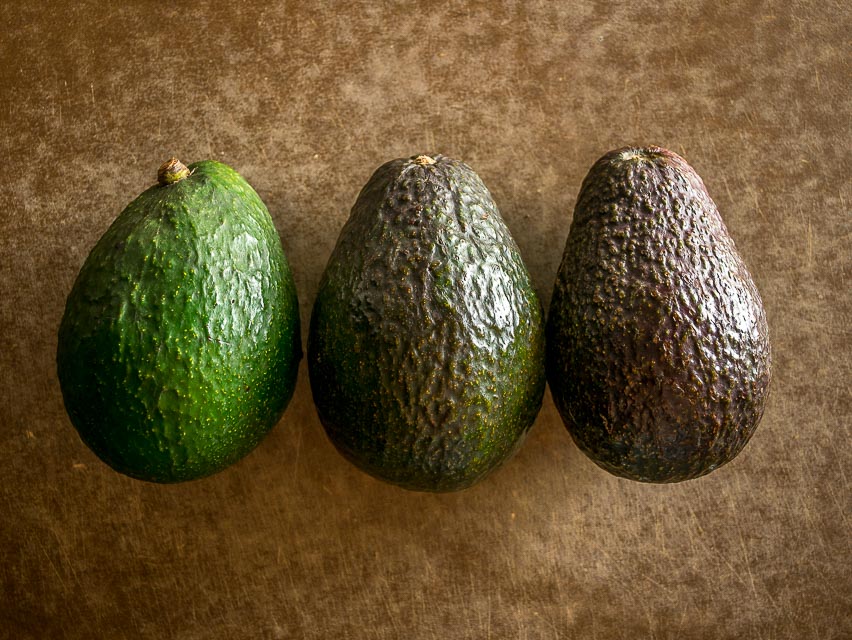
27. Avocado
Packed with all the good kinds of fats, avocado is great in reducing inflammation. Aside from omega-3, avocados have oleic acid that is known to specifically target inflammatory biomarkers which makes it good for people who have joint issues.
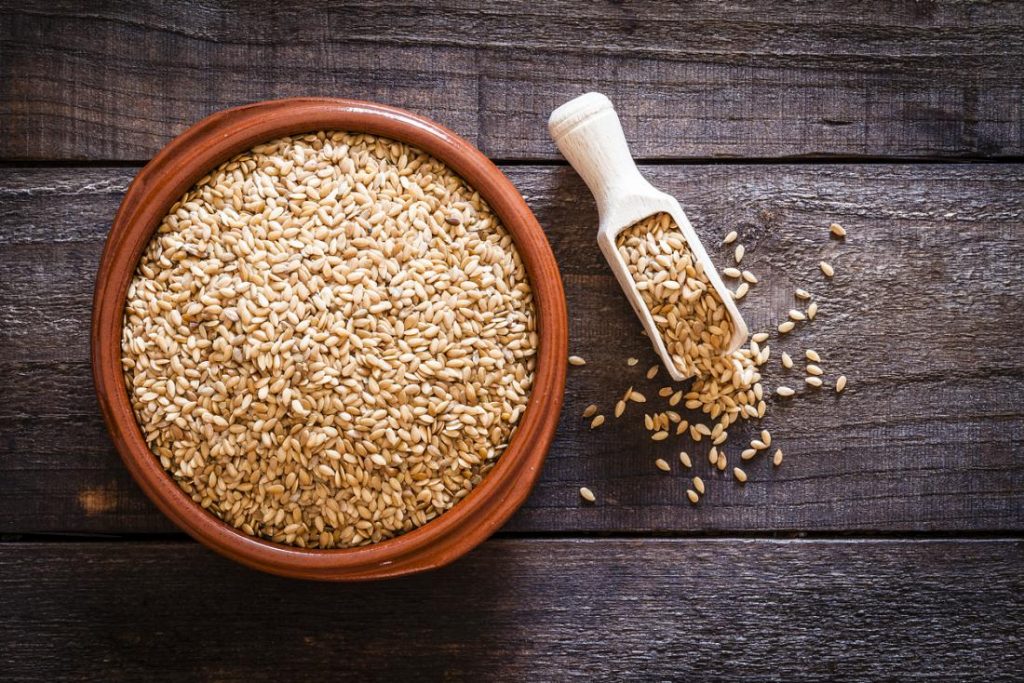
28. Flaxseed
Rich in omega-3, flaxseed should be able to significantly decrease inflammation in your entire body. Two tablespoons of ground flaxseed can provide you with 140% of your daily omega-3 requirement. If you are a vegan, this will definitely help out with your diet since it is completely plant-based.
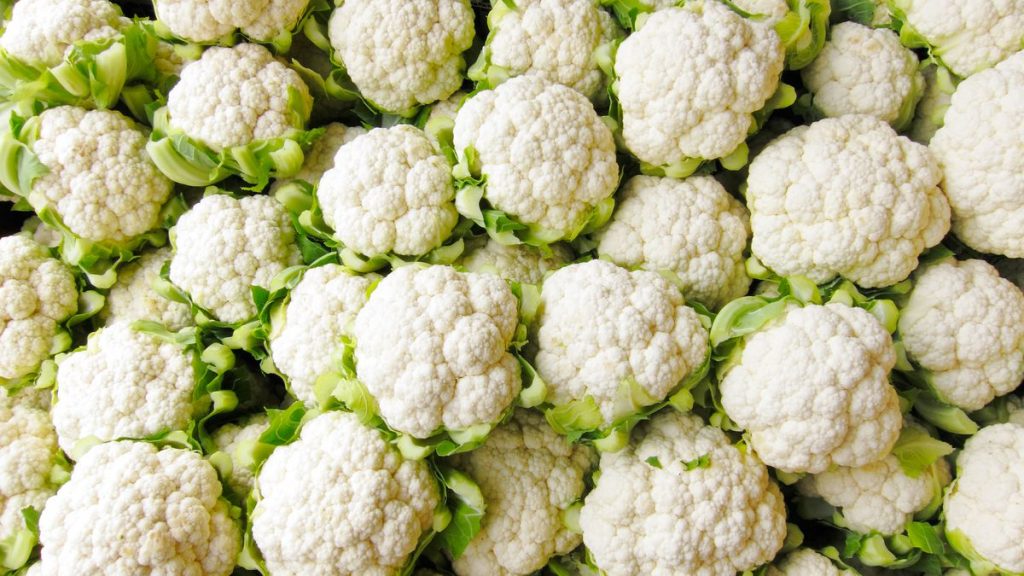
29. Cauliflower
Like all cruciferous vegetables such as brussel sprouts, kale and broccoli, the cauliflower is known to have a whole lot of vitamins, fibers, and antioxidants that help reduce inflammation altogether. Specifically, sulforaphane, a flavonoid in cauliflower has been found to be able to block the enzyme that is responsible for causing joint inflammation. By eating at least half a cup of these vegetables per week, you are able to reduce the amount of pain in your joints. The only problem with eating too much of these is the gassy digestion.
All these tips are great to relieve pain and inflammation in your knees and other joints. By being able to select a good combination of these for your lifestyle and preference, you are definitely going to benefit from them greatly. These suggestions have almost no side effects compared to medication and are definitely easy on the pocket.
If you are given medication by your physician, do take them as recommend and use one of these natural methods to enhance the efficacy of your medicine. There is no harm in trying out these techniques, picking the one for you can improve your joint pain and health altogether.